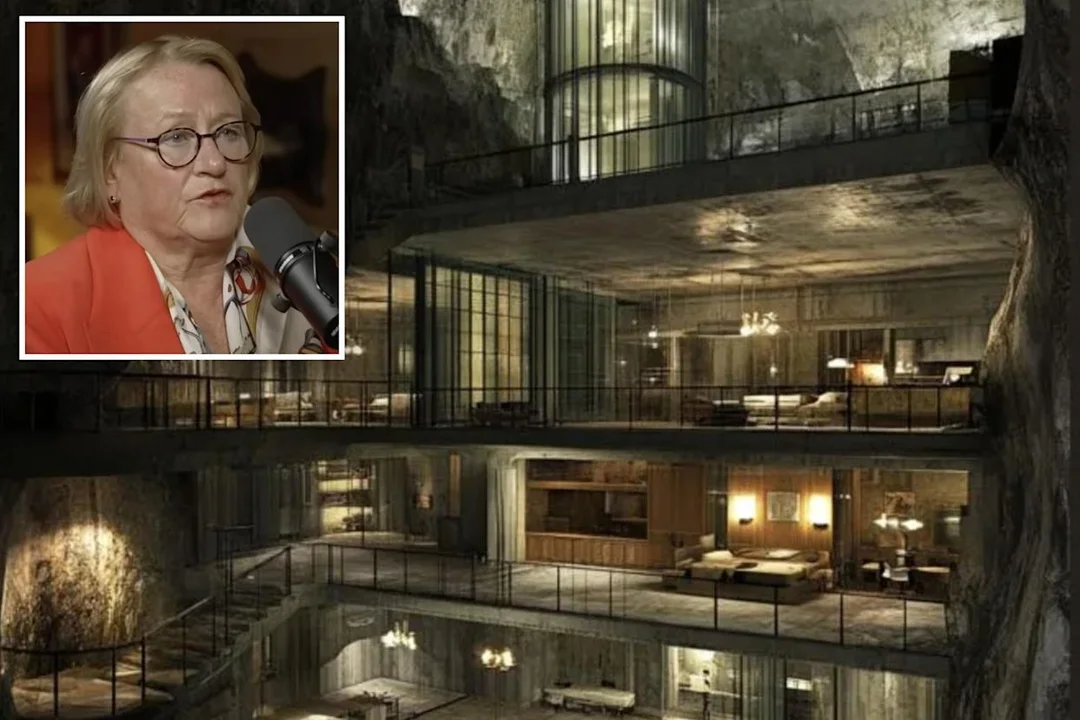
The Secret Underground City: Where the Wealthy Prepare for Doomsday
In a sensational revelation, former government official Catherine Austin Fitts claims that the U.S. government has constructed a vast network of underground cities where the wealthy can take refuge during a "near-extinction event." This assertion raises significant questions about government spending, transparency, and the safety nets available to different socio-economic classes in times of crisis.
Fitts, who served as the assistant secretary of Housing and Urban Development under President George H. W. Bush, alleged on Tucker Carlson's podcast that over $21 trillion in taxpayer funds were funneled into this clandestine project from 1998 to 2015. While she provided no direct evidence for her claims, she highlighted a 2017 report by Michigan State University economist Mark Skidmore that pointed to unsettling "unauthorized spending" within the Departments of Defense and Housing and Urban Development during that period.

Citing her own extensive research, Fitts contended that about 170 underground bases have been constructed, some even beneath the ocean. These facilities, she claimed, are not just bunkers but part of an elaborate transportation network, powered by a secret energy system known only to the military. Such assertions echo previous fears about the government’s capacity to retain authority and control in catastrophic scenarios.
The history of underground bunkers is well-documented, stretching back to the Cold War with facilities like the Cheyenne Mountain Complex serving critical military operations. However, Fitts’s claims of a broader and more elaborate network tailored for the ultra-rich present a troubling concept of societal division during crises. Carlson himself expressed skepticism, noting that he assumed such installations were limited to key governmental structures; Fitts detailed that this preparation extends far beyond that.
While no clear information exists about the facilities' specific locations or the elite individuals whom they might serve, Fitts suggests they could also play host to questionable "secret operations" including a potential "secret space program." Such claims deepen the conspiracy narratives that permeate discussions about government secrecy and elite privilege.

This alarming disclosure opens the door to a multitude of questions: Shouldn't all citizens have access to safety measures during existential threats? How much of the government's spending can be deemed "authorized" versus "unauthorized"? Thus, this story urges us to reflect on the values of transparency and responsibility in governance.
As we consider this narrative involving hidden expenditures and potential elitism, what do you think about the existence of such underground cities? Is it an outlandish claim or a strategic measure for times of crisis? We encourage you to share your thoughts in the comments below.